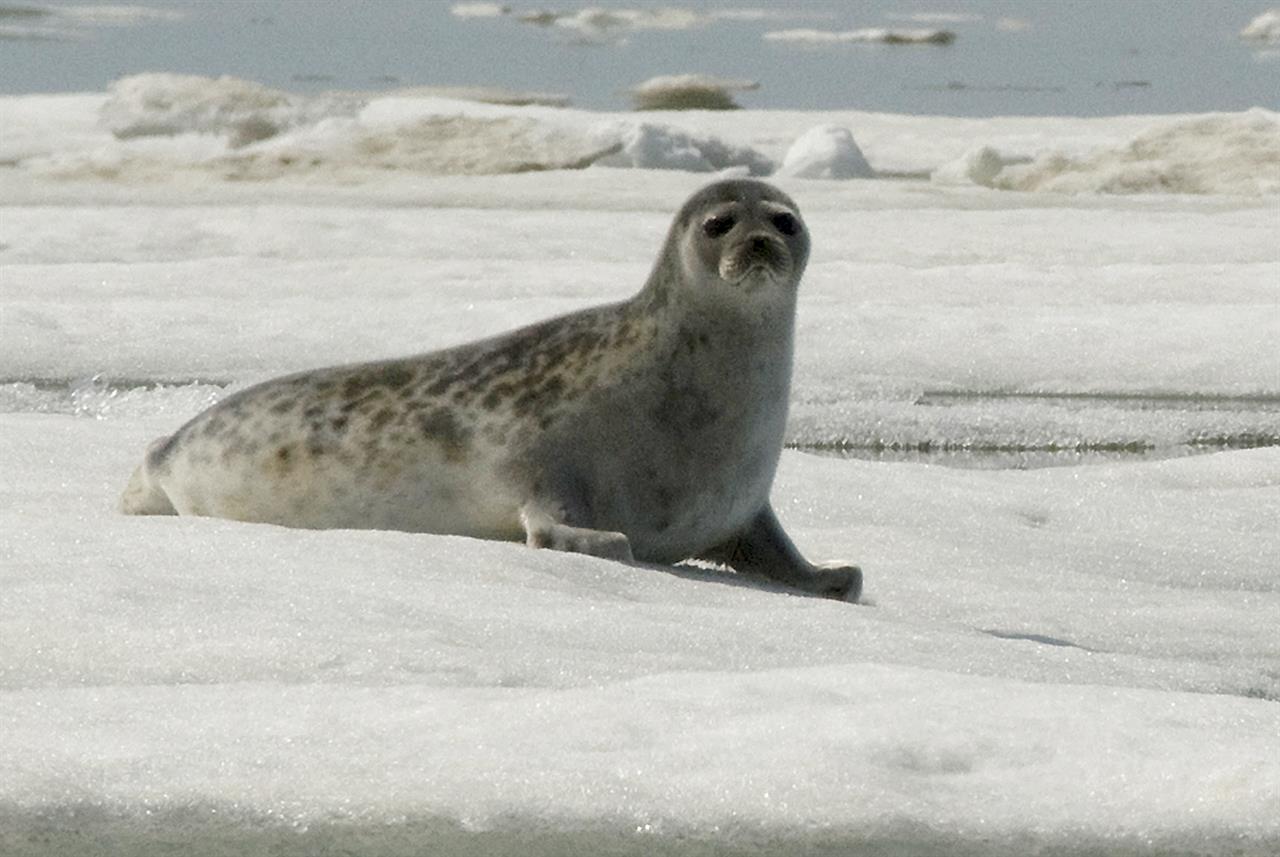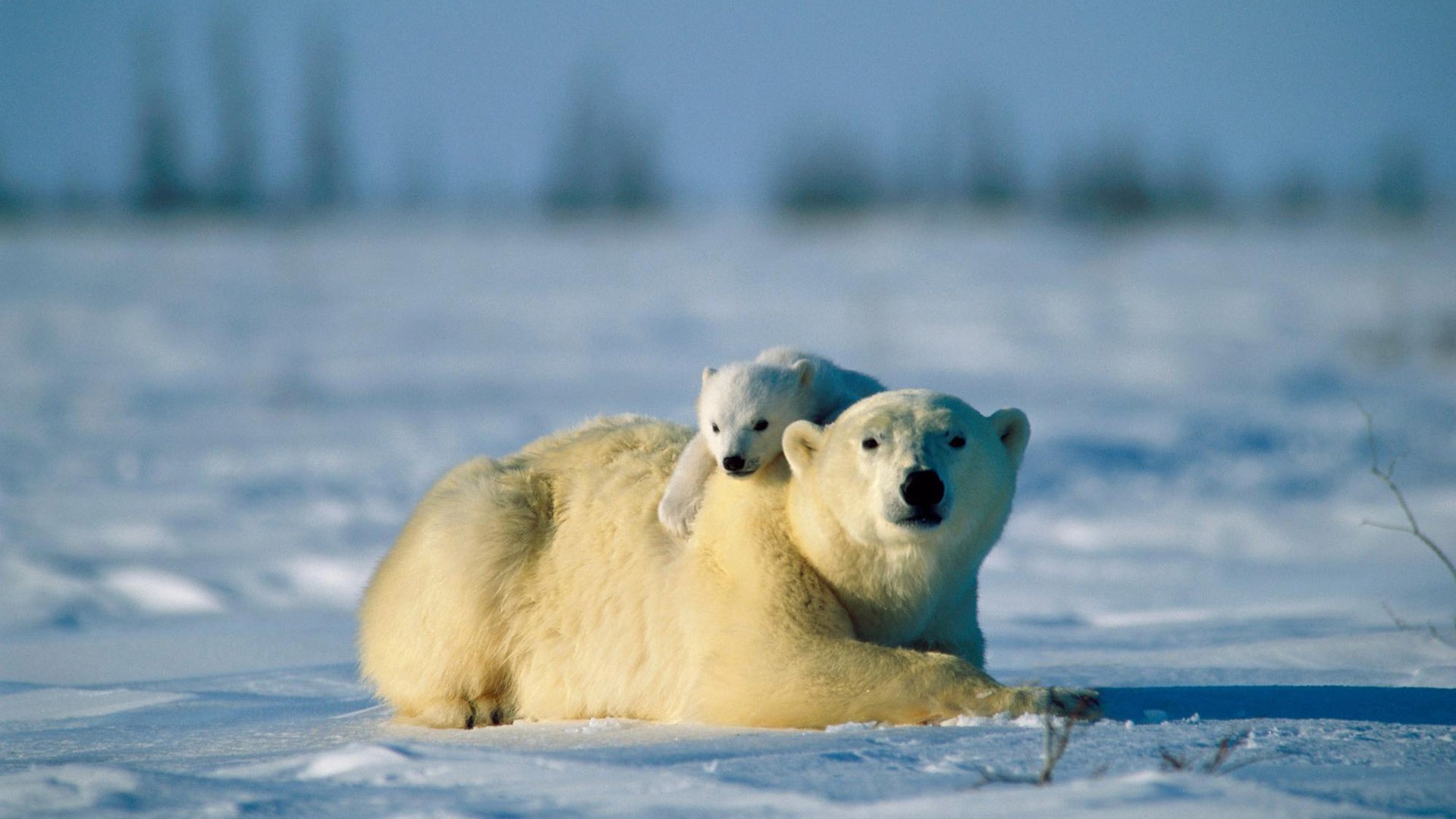On Thursday, the Trump administration released a series of changes that, if approved, would seriously alter provisions in the Endangered Species Act (ESA) that were originally designed to protect wildlife from human intervention.
Under the new guidelines for the ESA, officials can now consider economic factors when determining if a species should be listed as “endangered” or “threatened,” meaning that, if officials determine that placing a species on the list of protected animals would hinder economic development, they can potentially deny that animal or species a protected status.
Brett Hartl, the director of government affairs for the nonprofit Center for Biological Diversity, said the proposed regulations indicated the Trump administration’s priorities: development over conservation.
“This is a fairly sweeping, across-the-board reduction in protections for all listed species. The goal is quite clear: to basically greenlight development,” Hartl told The Huffington Post.
According to administration officials, lawmakers want to make changes to the ESA for similar purposes. There has been a recent push among congressional Republicans to alter standards in the ESA in order to promote industrial development, which many believe to be more limited due to conservation concerns.
Additionally, the new regulations will remove the so-called “blanket section 4(d) rule” of the ESA which automatically grants plants and animals on the “threatened” list the same protections as ones on the “endangered” list.
The decision to remove the blanket requirement is bound to have consequences on the ability of the government to appropriately protect threatened species from experiencing further damage, which will ultimately lead to more species being placed on the endangered list.
The blanket regulation was meant to mitigate threats to species before they reached a critical phase where recovery was more complicated.

Though The Huffington Post reports that the change to the 4(d) rule will only apply to species that will be added to protection lists in the future, the change could still pose serious risks.
This is not the first time the Trump Administration has come under fire from conservationists for taking actions that have threatened important existing protections for wildlife.
According to The Scientific American, Trump has been responsible for removing or altering the implementation of dozens of Environmental Protection Agency (EPA) regulations. He reportedly initiated 43 deregulations of EPA rules in his first year alone.
Ultimately, it appears that the Trump Administration’s goal is to curtail environmental protections to promote big business. For example, Trump recently approved five companies to conduct seismic airgun blasting in the Arctic, with the eventual goal of drilling in that area. Seismic blasting, however, produces such extremely loud noise that it can kill or seriously harm marine wildlife.
Although the proposed changes will have to undergo a 60-day public comment period before finalization, it is likely these proposals will be confirmed. If they are, plants and animals already at-risk will continue to face a serious decline.

















